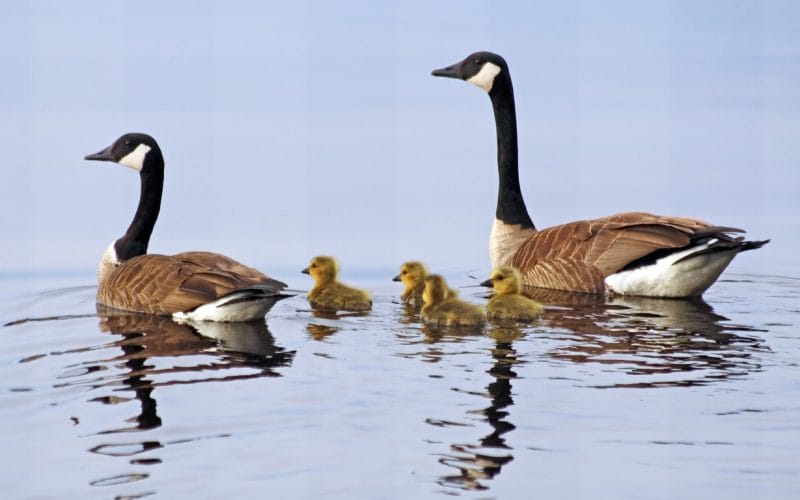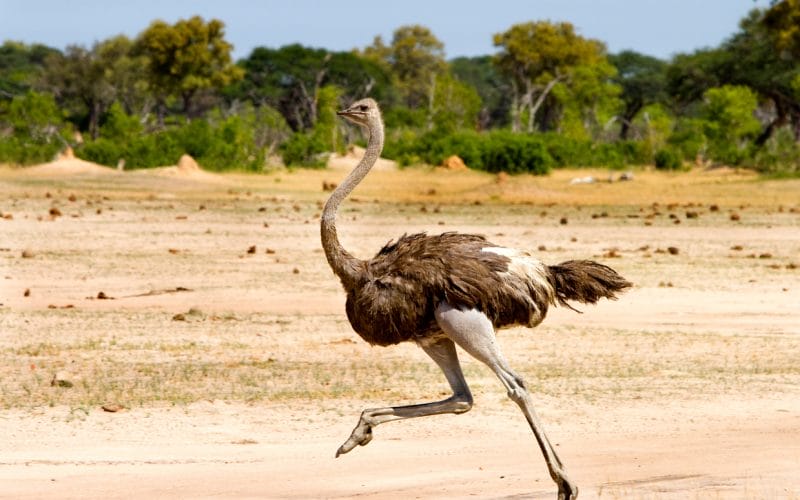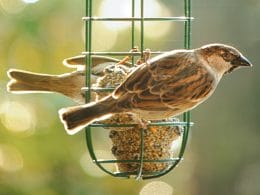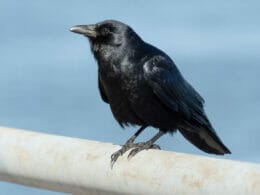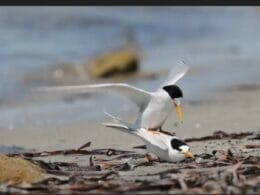You can see different species of doves all around urban areas in the United States, Mexico, and Canada. They’re known for their peacefulness and serenity. However, have you ever wondered how long do doves live?
In general, the average lifespan of doves ranges between 1.5 and 25 years. The oldest dove known lived for 31 years. However, the longevity of life differs according to the species and living conditions.
Read on for more about the average lifespan of doves and their predators and the factors that affect their lifespans.
What’s a Dove’s Average Lifespan?

A dove’s lifespan depends on the species and the bird’s ability to fight predators and avoid illnesses. The first year of a dove’s life is usually the hardest. The mortality rate of doves is estimated to be up to 75% in the first year of their lives, which decreases to 60% afterward.
What Dove Species Live above One to Two Years on Average?
Many dove species have an average lifespan of a year and a half. For example, the Eared dove and the Grey dove both live for 1.5 years on average.
Are There Dove Species that Can Live Between Two and Five Years?
Yes, indeed. The number of dove species that can live between two and five years exceeds any other group.
For instance, the Grey-Fronted Dove lives an average of two to four years, while the Key West Quail Doves can live slightly more with a lifespan of about 4.2 years, and the Crimson-Crowned Fruit-Dove can reach four years of age.
On the other hand, some species aren’t expected to reach their fourth year. Such species include the Galápagos doves, which live for 3.3 years, and the Half-Collared Doves, Grey-headed Doves, and European Wood Pigeons, whose lifespans don’t exceed three years on average.
How Long Do Fruit Doves Live?
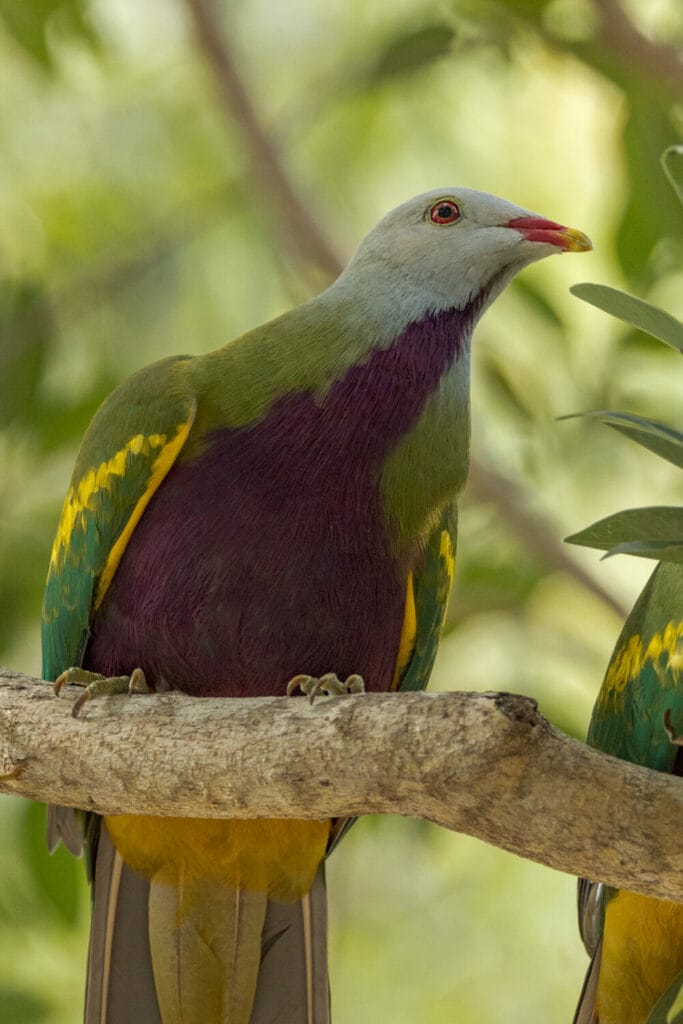
Fruit Doves usually live an average of four to twelve years. This is considered the longest range of lifespan among dove species.
Do Some Dove Species Live Between Five and Ten Years?
Yes, certain species of doves have lifespans that range between five and ten years, such as the Laughing Doves.
Moreover, some species – like the Diamond and the Eurasian Collared Doves – can live up to ten years.
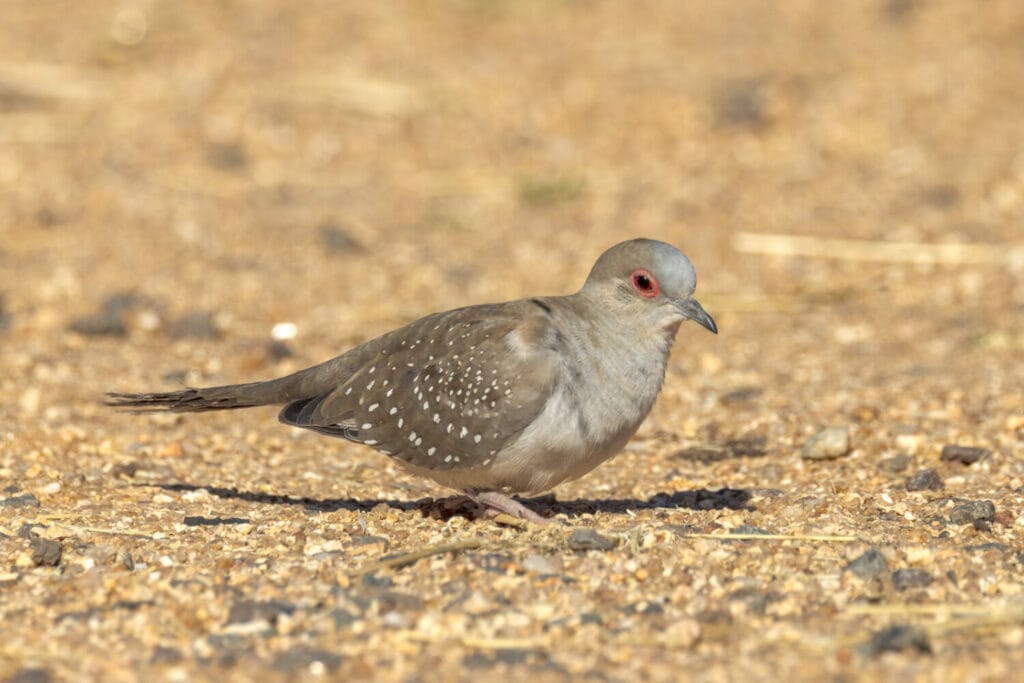
Author Note: The Chinese Spotted doves can live to be seven and a half years; the Common Mexican Ground doves and Grenada doves can live for 7.2 years, and the Inca doves have an average lifespan of between two and seven years.
On the other hand, species such as the Greenwing Dove and the Golden Heart dove live up to six and five and a half years, respectively.
Can Doves Live More than Ten Years?
Yes, some species of doves do. In fact, the Common Bronzewing doves can live up to twenty-five years, and the Luzon bleeding-heart Doves live for 15 years.
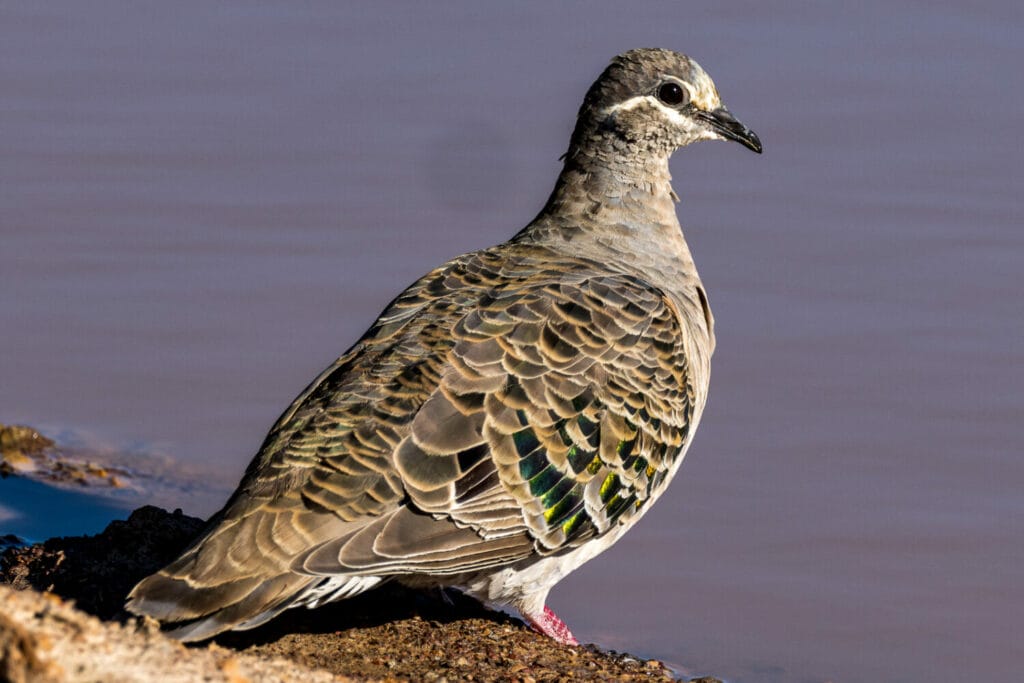
In addition, the Indian Ring-neck Dove, the White-winged Dove, and the Emerald Dove live for ten to fifteen years.
How Long Do Doves Live in Captivity?
All the recorded lifespans are results of observations of birds within their natural habitats. However, it has been found that some birds thrive and live much longer in captivity. For example, a Mourning Dove can live for up to twenty years in captivity, while its average lifespan doesn’t exceed two years.
However, the dove’s lifespan in captivity depends on the habits and care of the owner. Taking good care of the birds and feeding them right can help them live a long, happy life among humans.
What Affects a Dove’s Lifespan?
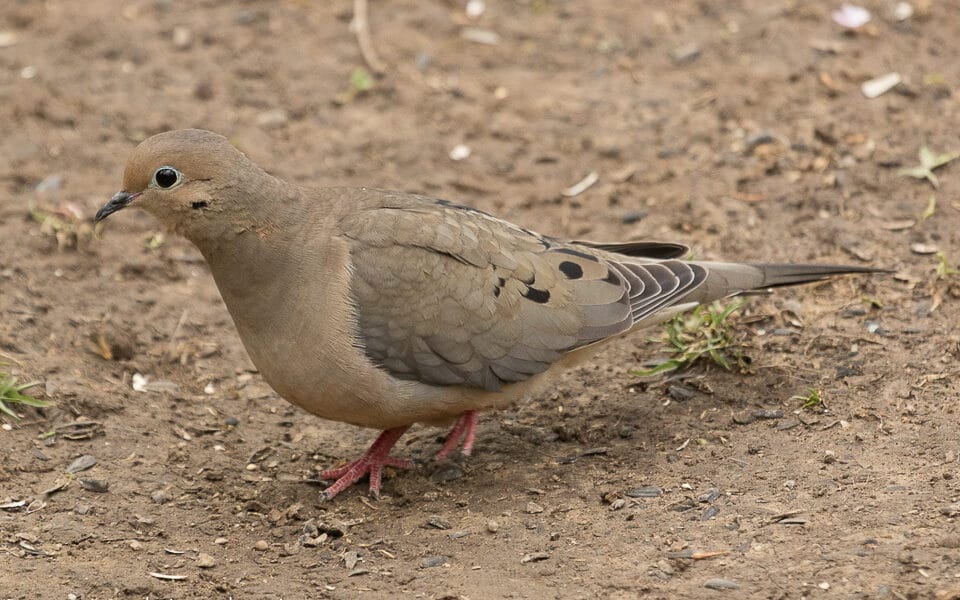
Many factors affect the lifespan of doves. The most prominent of these factors are predators, invasive species, hunting, loss of habitat, climate change, and diseases.
Natural Predators
Among the most common predators of doves are cats, dogs, opossums, skunks, raccoons, foxes, and bobcats. Furthermore, some birds – such as hawks, owls, crows, and falcons – hunt doves as well.
Author Note: Doves generally defend themselves against all these predators by concealment and camouflage, but they don’t always succeed.
Domestic and Feral Cats
According to the American Bird Conservancy, cats are responsible for the extinction of 63 bird species. Domestic cats alone kill more than 2.4 billion birds a year.
Cats are natural hunters that often kill birds for sport. They pose a constant threat to doves. In fact, doves have altered their migration patterns to avoid them.
Author Note: In addition to hunting and threatening nests, cats carry Toxoplasmosis, which can be fatal to doves. Therefore, the lifespan of doves is greatly influenced by the presence of cats in their environment.
Invasive Species
Invasive species such as rats and mice have some bearing on the total mortality rate of doves. Mice and rats not only attack doves and their hatchings but also contaminate their nests with diseases that harm and even kill them.
Hunting
Excessive hunting can be a threat to doves, which are popular hunting birds in some parts of the U.S.
However, it’s not only the actual hunting that kills doves. Sometimes, doves die due to their natural behavior as foraging birds. They eat the lead pellets that the hunters leave behind in their gaming areas, which eventually kills them.
Loss of Habitat

Doves don’t need much for natural habitat. All they need is some trees and many people to feed them. Therefore, they usually live in urban settings among people.
However, excessive developments have decreased the number of trees available for nesting and mating. This leaves no space for birds to call home.
Habitat loss has affected some species drastically. For instance, the Turtle dove has become susceptible to extinction in the United States due to the spread of new agricultural methods.
These methods include the use of herbicides and pesticides to treat the plants typically used by Turtle doves to nest and mate. Such pesticides can cause illness or even death if consumed by doves.
In addition, with the spread of the urban environment, humans have started to cause the death of doves, sometimes unintentionally. Doves in urban environments can be killed by flying into windows or getting hit by cars.
Climate Change
Heavy rainfalls, extreme heat, and wildfires can threaten both the doves’ migration patterns and their natural habitats.
Author Note: Like all birds, doves rely heavily on the weather to determine their migratory patterns. Doves may start their migration later than usual due to the increased heat over the fall.
The same happens with the early start of spring. It may lead to the early birth of the caterpillars that doves need for survival. Therefore, by the time of their return from southern migration to start mating, the caterpillars would have been turned into butterflies. This way, doves don’t find enough to eat.
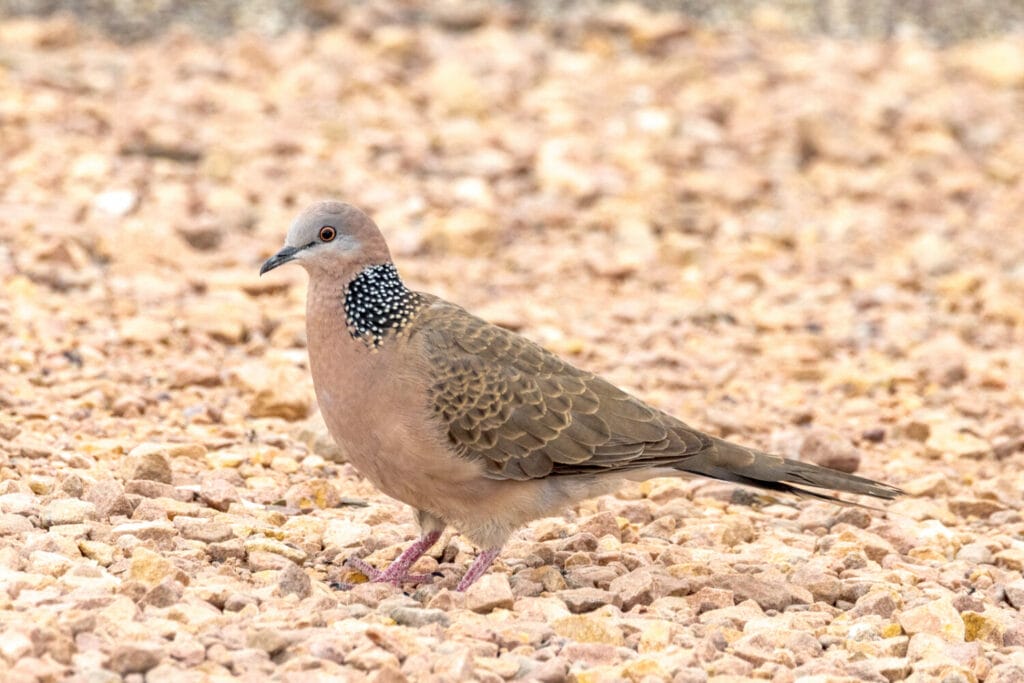
Diseases
Diseases are among the major factors contributing to the dove’s lifespan. Doves are especially susceptible to diseases during the nesting period. Such diseases spread very fast as a single infected dove can lead to the death of the whole nest.
Trichomoniasis
Trichomoniasis is a highly contagious disease that poses a major threat to the lives of doves. In Alabama, more than 100,000 doves were killed in the largest recorded outbreak of the disease.
Doves contact Trichomoniasis by getting in contact with an infected animal, drinking infected water, or consuming carrions. Infected adults die of starvation due to the appearance of a yellowish growth in their mouths, preventing them from feeding.
This disease can pass from adult doves to their young during feeding. The young doves would die shortly after an infection, which is why the disease is a significant contributor to high mortality rates.
Parasites
Doves can also be prone to death by parasites. Mites, tapeworms, and lice are the most common parasites to infect doves.
Moreover, the Avian Pox can be transmitted from insects to doves. Its symptoms include difficulty breathing, eating, and drinking. Doves die shortly after infection. Infected doves often develop pus-filled lesions on their faces, legs, and underbelly. Outbreaks of Avian Pox can wipe out entire species of these birds.
Bacteria
Doves may contract Salmonella from using a communal feeder with other infected birds. The bacteria easily spread in the food or water source to infect other birds, as it does with humans.
Author Note: Salmonella poisoning can cause diarrhea, lethargy, and eventual death. Affected doves usually die within one or two days of contracting the disease. During this time, they usually spread the disease to many others, accounting for more deaths.
In a Nutshell
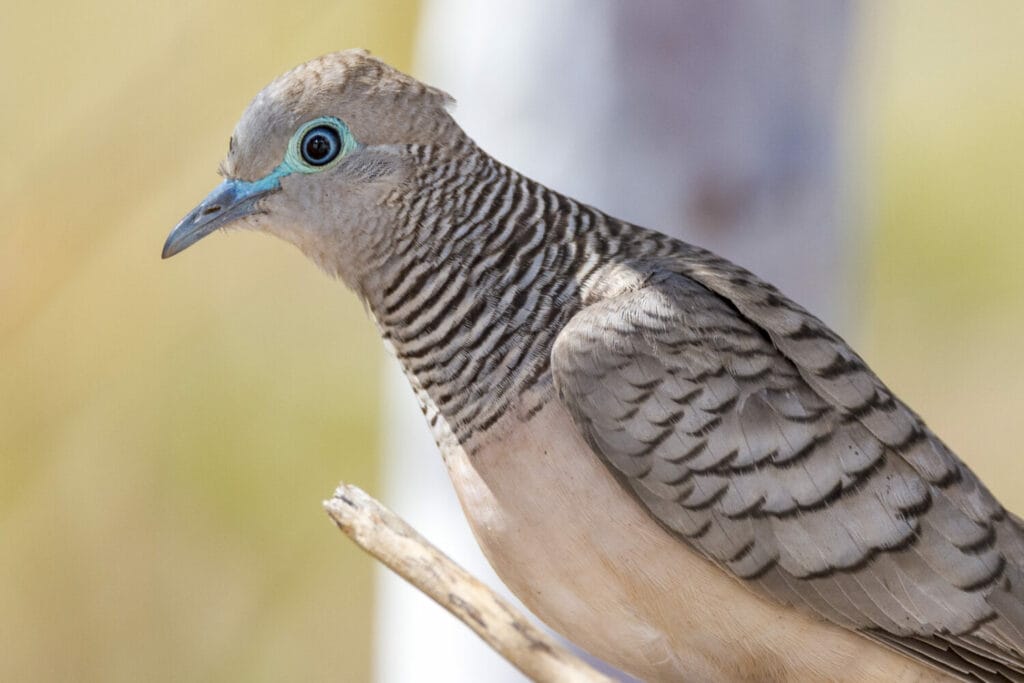
“How long do doves live?” is a question that’s highly dependent on different factors, such as the species, the habitat, predators, climate, as well as the ability to avoid predators and disease.
Among the most common predators for doves are cats, raccoons, rats, and mice. Doves can also contact several diseases that lead to their death, such as Salmonella and Trichomoniasis.
The average lifespan of doves usually ranges between 1.5 and 25 years. They might even live longer than their typical life expectancy if well taken care of in captivity.
FAQ
Both belong to the family Columbidae but are actually distinct from each other. Sometimes in common culture the terms dove and pigeon are used interchangeably but that is usually in error.
There are 12 species listed by the ABA (American Birding Association) but some of those are very rare sightings. The only common and widespread dove across the U.S. is the Mourning Dove.
Rock Doves are the original species that became domesticated, escaped and then established new populations across the world. It is these birds that are referred to a Feral Pigeons and are considered a pest.





